If you are dealing with sudden or persistent back or neck pain related to a disc displacement, you are not alone. At The PT Zone, we focus on relieving discomfort, restoring mobility, and helping you regain strength in your spine so you can get back to everyday life with confidence.
- Reduce nerve irritation caused by displaced discs
- Improve spinal flexibility and alignment
- Strengthen core and back muscles for better support
- Adopt healthier movement patterns to prevent future issues
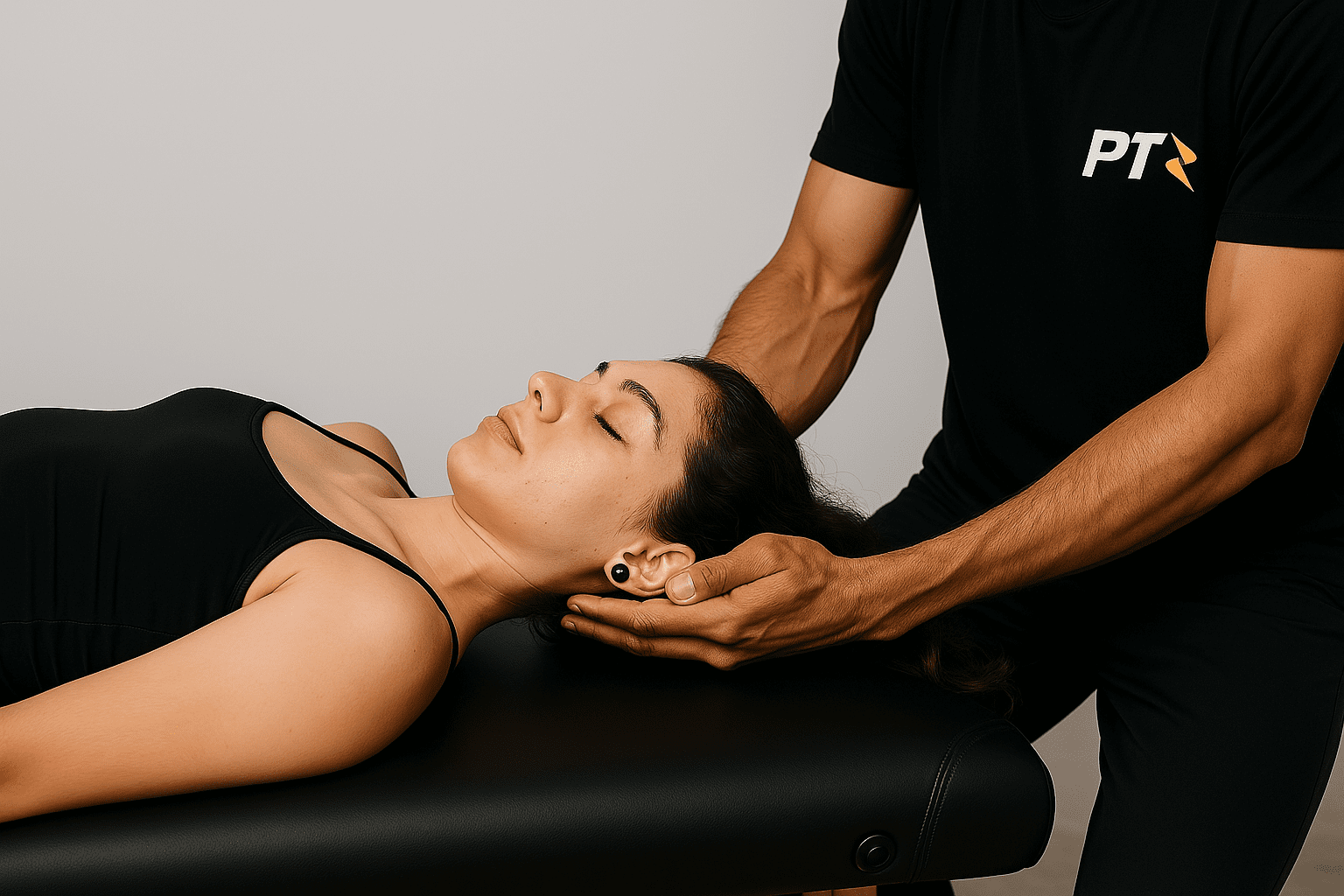
Let us help you move freely and comfortably again
Disc displacement occurs when one of the spinal discs shifts from its usual position, often leading to pain, numbness, or muscle weakness. Whether you are experiencing a bulge, herniation, or protrusion, the inflammation around the affected area can limit mobility and disrupt your daily routine. At The PT Zone, we use specialized techniques to target the underlying causes of your disc displacement, combining manual therapy, guided exercises, and supportive modalities to ease pain and enhance strength.
Our personalized approach also focuses on addressing imbalances in core stability and posture that may contribute to increased disc stress. By teaching you safe movement strategies, we aim to reduce the strain on your spine so you can return to work, sports, or other activities without worrying about ongoing back or neck issues.
To start, we will evaluate your range of motion and core muscle engagement, identifying any areas of tightness or weakness. We may use dry needling, cupping, or manual mobilization to reduce tension and inflammation, preparing your body for a gradual strengthening program. As you progress, we will update your plan to match your improvements, ensuring you build the confidence to move without pain.
Our ultimate goal is to guide you toward a pain free, functional lifestyle, helping you maintain spine health long after therapy ends.
Our Therapies for Disc Displacement Recovery:
We combine advanced manual therapy, core strengthening exercises, and supportive techniques like dry needling to alleviate pain, stabilize your spine, and enhance mobility. Our focus is to restore your comfort and confidence in daily movements.
-
Dry Needling
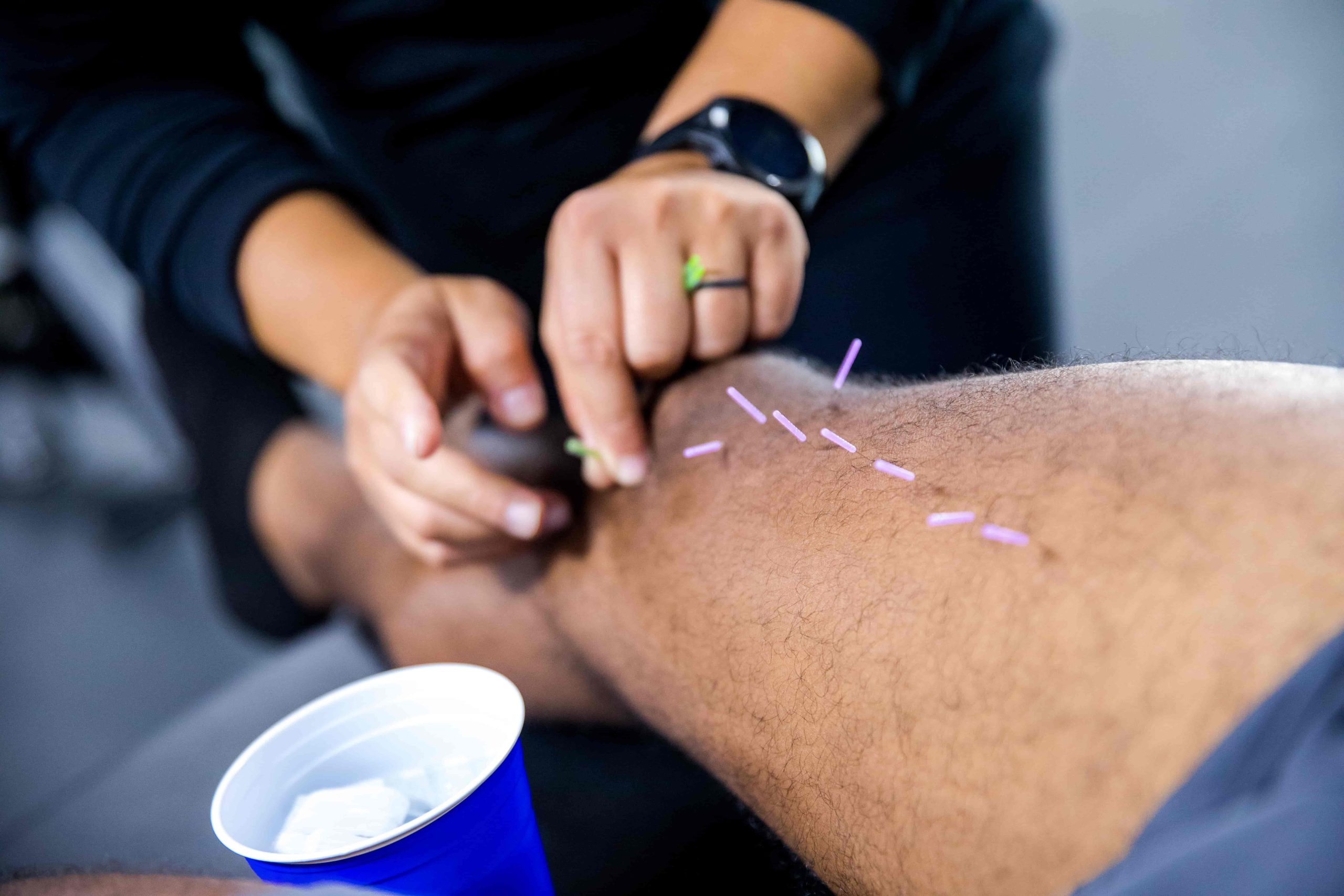
Experience quicker recovery and long-lasting pain relief with Dry Needling in Nahant, MA. Our targeted approach eases muscle tension, boosts healing, and restores comfortable, natural movement for daily life.
-
Cupping Nahant
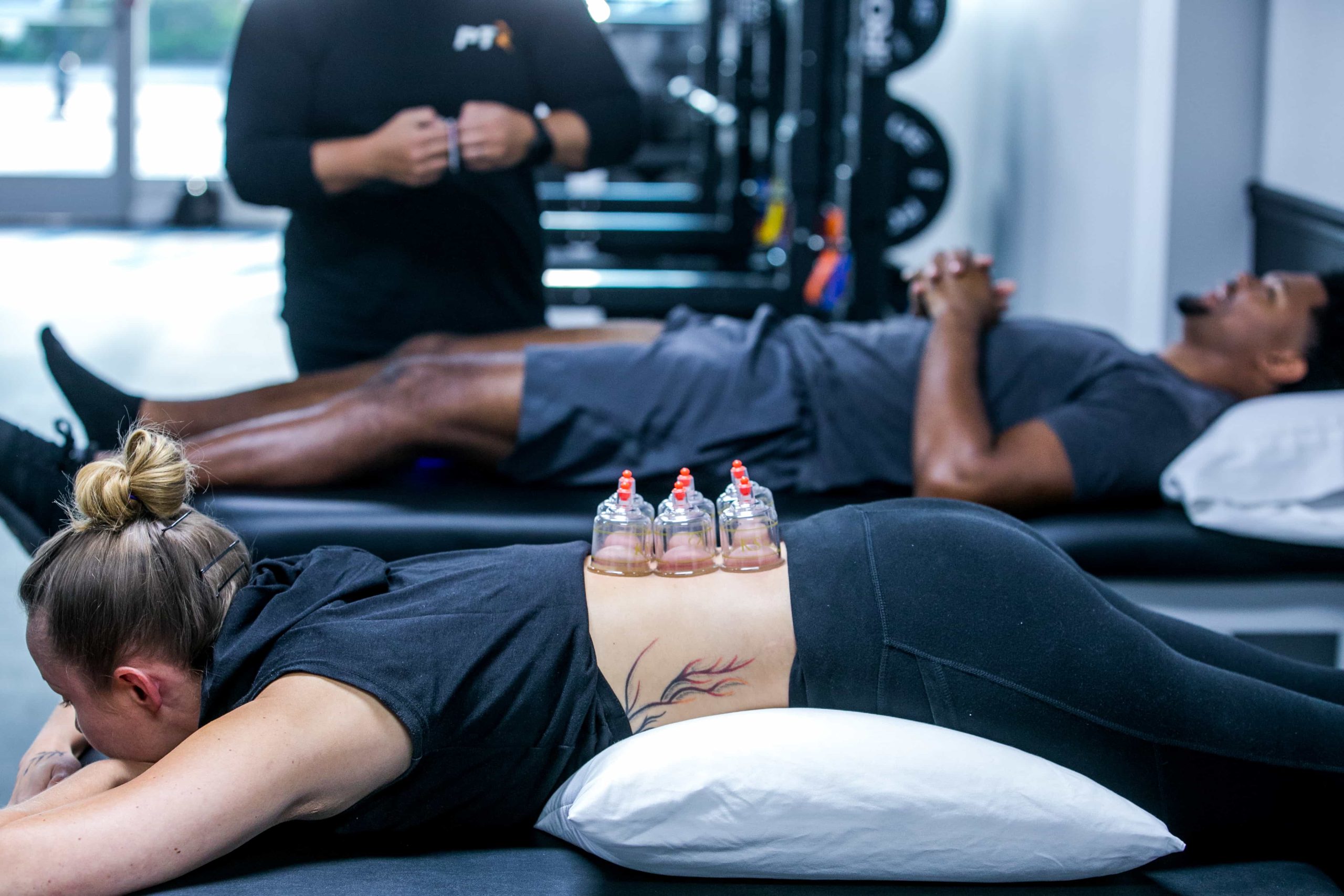
Experience time-honored cupping therapy in Nahant, MA to relieve tight muscles, boost circulation, and fast-track your body’s healing process. Gentle suction eases soreness, reduces stress, and helps you stay active, flexible, and ready for whatever comes next.
-
Certified Manual Therapy Nahant
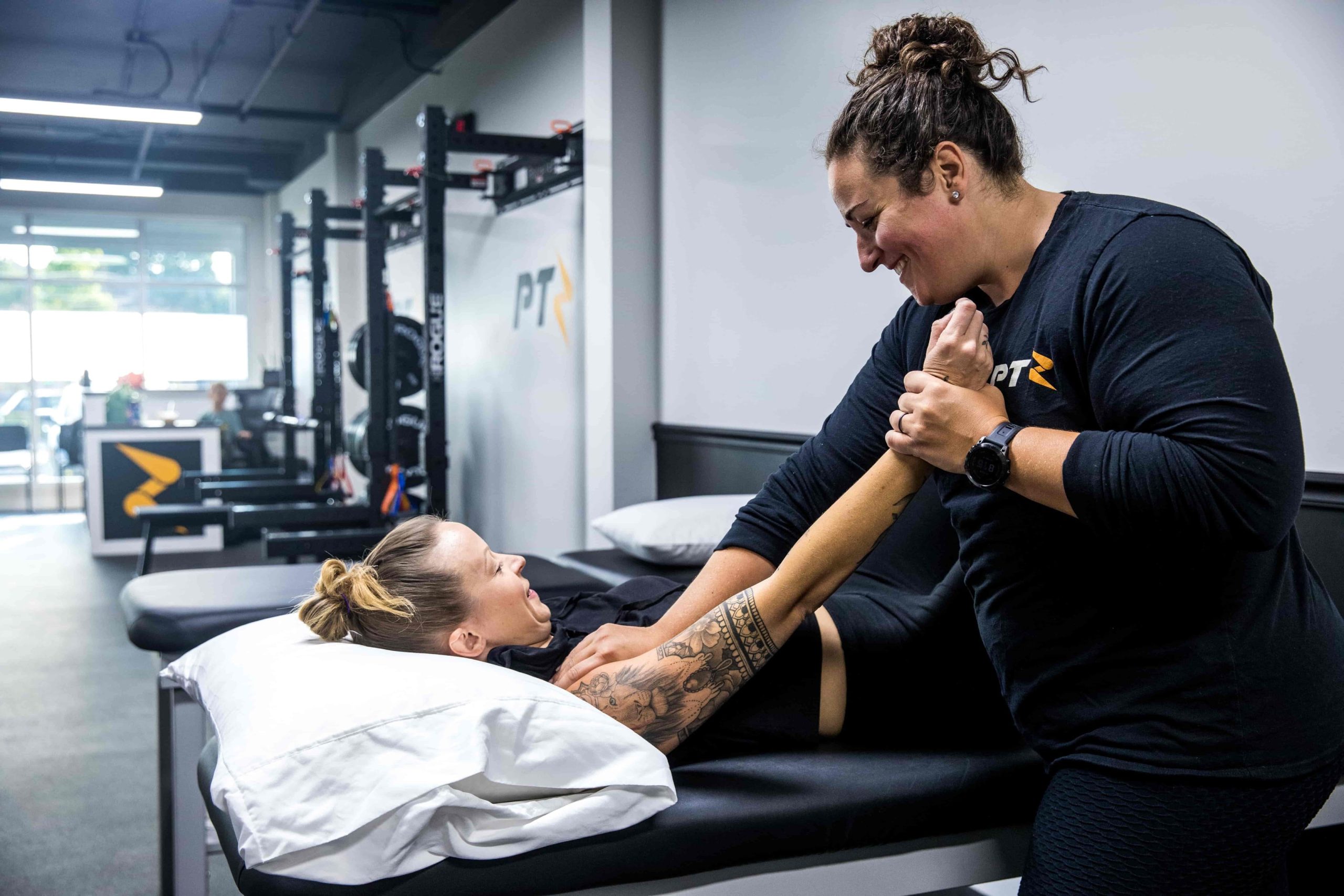
Certified Manual Therapy in Nahant, MA uses focused, hands-on techniques—like joint mobilization and soft tissue work—to address pain and stiffness at its core. By pinpointing areas of tension and misalignment, therapists help promote smoother, more comfortable movement. Many individuals find that this personalized approach greatly enhances their daily mobility and quality of life.
-
Balance Training Nahant
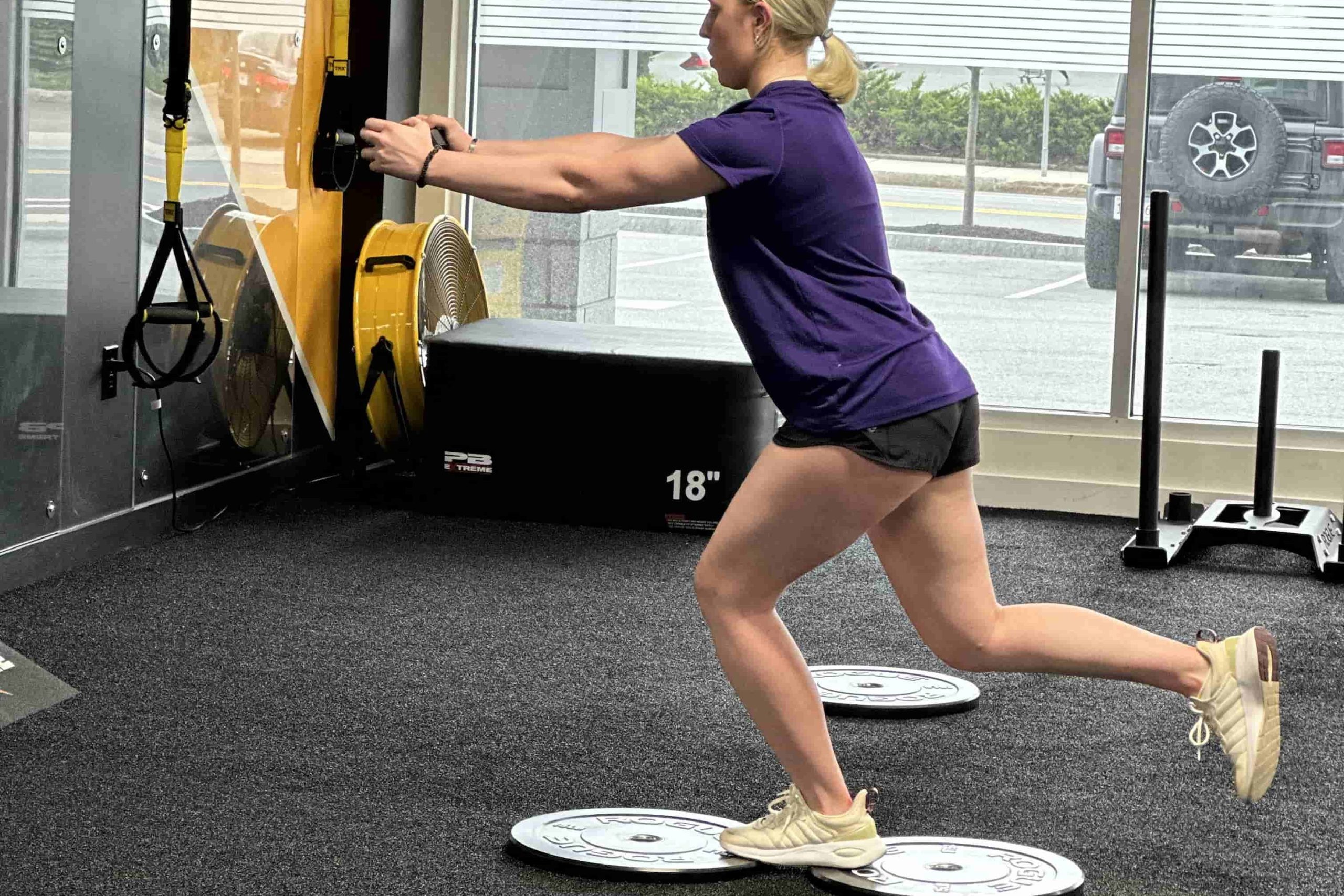
Strengthen your core and refine foot control so you can navigate each step in Nahant with greater ease. By challenging your balance through specialized drills, you’ll reduce the risk of falls and sharpen your body’s natural reactions. Whether recovering from a leg injury or simply looking to move more confidently, these exercises provide a versatile…

At The PT Zone, we are dedicated to supporting you through disc displacement challenges.
Our personalized treatment takes into account your unique needs, guiding you toward better spine health with practical strategies that last. From reducing pain to reinforcing stability, we aim to help you move forward with more freedom and less worry, whether you are returning to work, sports, or everyday tasks.
Common Questions from Disc Displacement Clients
1. How do I know if my disc is displaced?
Common signs include localized back or neck pain, radiating discomfort into the arms or legs, numbness or tingling, and muscle weakness. A thorough evaluation by a healthcare professional can confirm the cause. Through our assessment, we check your mobility, strength, and alignment to see if a disc displacement is likely contributing to your symptoms.
2. Can physical therapy resolve a disc displacement without surgery?
In many cases, yes. Physical therapy can reduce pain, alleviate pressure on nerves, and strengthen the surrounding muscles to support the spine. Surgery is sometimes considered in severe cases, but a comprehensive therapy program can provide lasting relief for many people. We work closely with your doctor to ensure you get the most appropriate treatment for your condition.
3. Will therapy be painful if I already have a lot of back or neck pain?
We aim to keep discomfort within tolerable levels. Some soreness may be normal as tight or inflamed tissues begin to move and strengthen. However, your therapist will adjust exercises and intensity based on your feedback, helping you progress safely. Over time, most clients experience relief as they regain mobility and correct imbalances.
4. How long does it take to recover from a disc displacement?
Recovery can vary widely, depending on factors like the severity of displacement, your overall health, and consistency in following your rehab program. Many individuals see progress in a few weeks, while others need several months of dedicated therapy to reach optimal function. We track your improvements and make adjustments to ensure steady, safe results.
5. Can daily habits worsen a disc displacement?
Yes, poor posture, repetitive bending or twisting, and lifting heavy objects improperly can increase stress on the spine. We help you learn safer ways to move and carry out daily tasks, reducing the risk of aggravating your disc displacement. Making these changes can significantly enhance your therapy outcomes and long term spine health.
6. Do I need to stop working or exercising completely?
Not necessarily. In many cases, we can guide you in modifying or spacing out activities to prevent further strain on your spine. Light to moderate exercise can support the healing process by improving circulation and flexibility. We customize our approach so you can stay as active as possible while still allowing your body to recover.
7. How can I maintain progress after therapy?
Staying consistent with your home exercises, practicing good posture, and avoiding sudden or extreme movements that overload your spine can make a big difference. Regular check ins with your therapist or doctor can also help catch and address any potential issues early. By adopting healthier habits, you can protect your discs and enjoy ongoing improvements.















